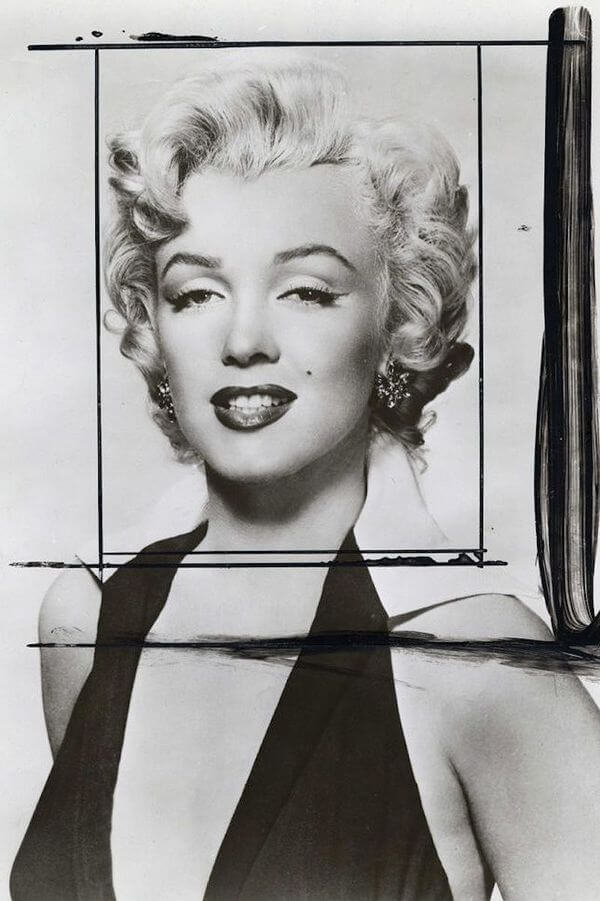Rally Blog
Image Credits and Credit’s Due
Blog >
Image Credits and Credit’s Due

All of these portraits are based on the same picture, a promotional image for the 1953 noir from 20th Century Fox, Niagara. Variety describes the movie (in a four-paragraph review) with this gem: “The camera lingers on Monroe’s sensuous lips, roves over her slip-clad figure and accurately etches the outlines of her derriere as she weaves down a street to a rendezvous with her lover. As a contrast to the beauty of the female form is another kind of nature’s beauty – that of the Falls. The natural phenomena have been magnificently photographed on location.” Oof.
Monroe wasn’t the only victim of historically-gross hot takes, though. Warhol was a prolific, successful, and extremely high profile artist during his life; but his art was often disparaged for being too commercial, short on meaning, and too available. Each of these reek of some gatekeeping about what “real art” is, but let’s compare.
Picasso put so much work out into the world that you can buy a signed and numbered print for $7,000. Today. Just 500 Euro for shipping! And we see constant iteration and revision of ideas in Monet and Rothko. Leonardo and Rembrandt are both examples of artists with many students they directly trained to mimic their style in a collaborative production setting and none were the mythical-solitary-genius-moved-by-individual-inspiration that the founding Western Art Historians would have us believe.
But why, then, does this central Marilyn portrait concept have such price ranges? It’s because the reference is recognizable, the technique is good, and the concept has real depth. The mass produced ones still relay the concept’s message; the astronomical ones feature materials and some x-factor that clearly set them apart; and the highly valued middle set strike a balance between.






